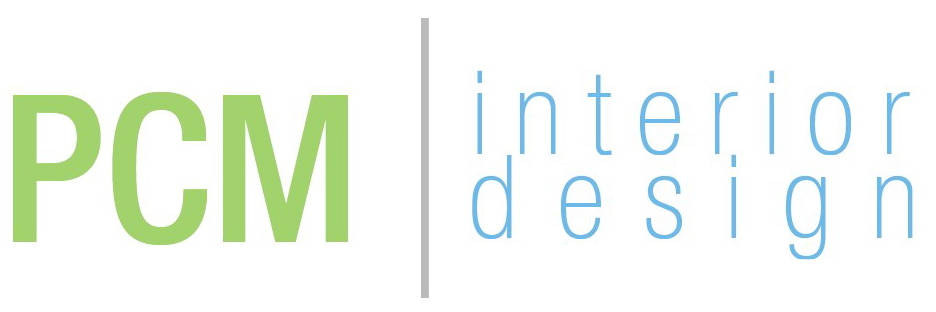Technology and Low-Income Communities:
An Interior Design Model that Fosters an Integrated Environment for
Education, Community, and Technology
Technology is a quintessential part of the 21st century and it is a vital component of the
education of today’s youth. However, the digital divide (which is defined as unequal access to
technology) unfairly places teenagers from low-income families at a great disadvantage,
preventing proper education of technology. Barriers to digital participation deprive these teens
from accessing digital forms of learning. In this digital world, an individual cannot rely simply
on mastering the traditional literacy accomplishments of reading and writing. Digital literacy is
paramount for western society’s youth and must be mastered to successfully achieve full
integration into higher learning, the workforce, and to guide youths’ participation in public life.
If we are to agree that all social classes are to have equitable access to technology and
education beyond the public school classroom, then a place outside the home or school should be
an option for those seeking opportunities for preparation for the labor force or higher education.
A physical place that provides the technology, tools, and people to acquire the knowledge and
skills in preparation for this digital 21st century is a concentrated solution to the digital divide.
Enticing and engaging these adolescents through an environment that speaks to their
interpretation of inclusion, connectivity and socializing is critical to the favorable outcome of
digital and technical literacy. The theories of “third place” - a place beyond home, school or the
workplace - will become a critical foundation to the development of this project’s solution.
Given the importance of information, communication and technology for successful
development of a career, steps will be taken to develop a new model facility that will provide a
sense of place where holistic, collaborative learning can occur for these under-served teens. This
new model facility will function as a technology center that will present spaces that engage,
entertain and educate teenagers, ages 13-18, from low-income families. A synergistic approach to
the design and curriculum of the technology center will focus on physical face to face
interaction, virtual interaction, collaboration and nontraditional teaching methods. The center
will bring together these varying components to build a vibrant core to a once under-served
community.














